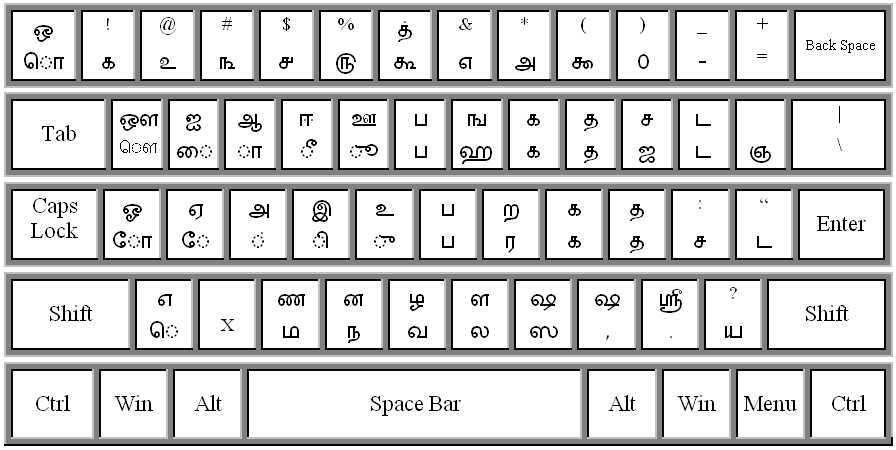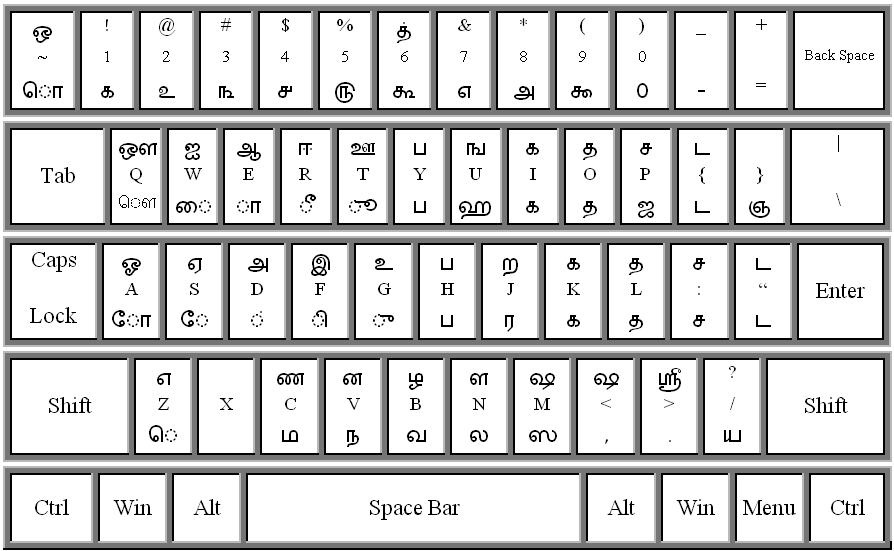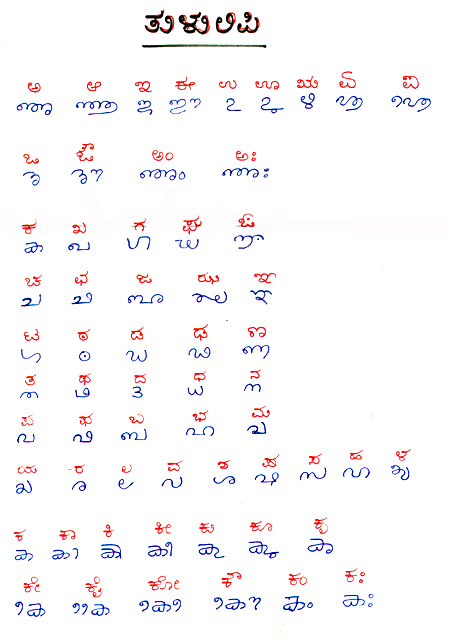The chemical composition of a mixture can be defined as the distribution of the single substances that constitute the mixture, called "components".. Stoichiometry rests upon the very basic laws that help to understand it better, i.
This means that if the amounts of the separate reactants are known, then the amount of the product can be calculated.. However, any reaction may be viewed as going in the reverse direction, and all the coefficients then change sign (as does the free energy).. Different such amounts can even generate different hyperplanes, all sharing the same algebraic stoichiometry.. For example, the number of atoms of a given element X on the reactant side must equal the number of atoms of that element on the product side, whether or not all of those atoms are actually involved in a reaction.
bamini to unicode converter download
bamini to unicode converter download
The maximum and minimum for any ? This is a purely kinematic restriction on the reaction simplex, a hyperplane in composition space, or N? This is necessarily less than the number of chemical components, since each reaction manifests a relation between at least two chemicals.. The accessible region of the hyperplane depends on the amounts of each chemical species actually present, a contingent fact.. Whether a reaction actually will go in the arbitrarily selected forward direction or not depends on the amounts of the substances present at any given time, which determines the kinetics and thermodynamics, i.



In general, chemical reactions combine in definite ratios of chemicals Big List of 250 of the Top Websites Like free-fonts-ttf.. Chemical composition, also known as chemical makeup or simply, composition, is a concept in chemistry that has different, but similar, meanings if referred to a single pure substance or a mixture.. Since chemical reactions can neither create nor destroy matter, nor transmute one element into another, the amount of each element must be the same throughout the overall reaction.. The stoichiometric coefficient ? The convention is to assign negative coefficients to reactants (which are consumed) and positive ones to products.. Conversely, if one reactant has a known quantity and the quantity of product can be empirically determined, then the amount of the other reactants can also be calculated. 0041d406d9